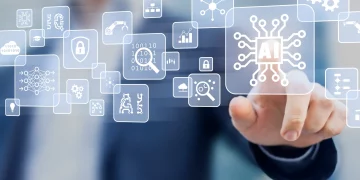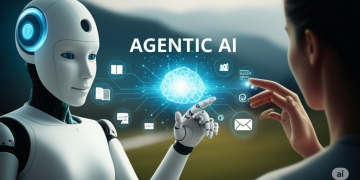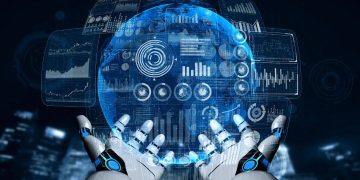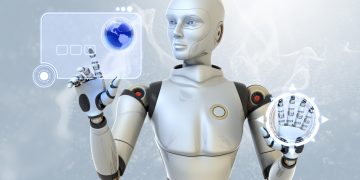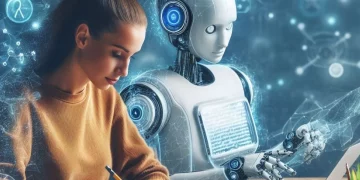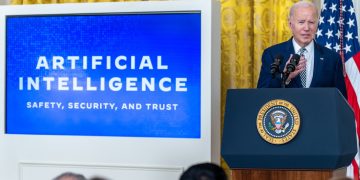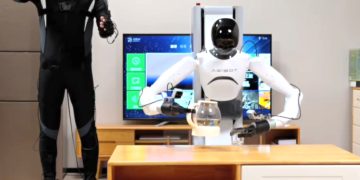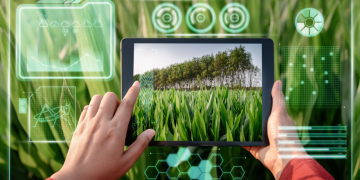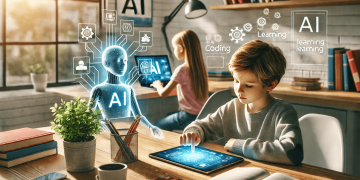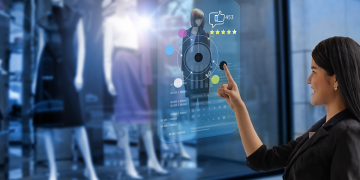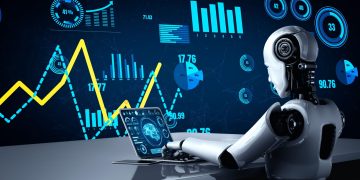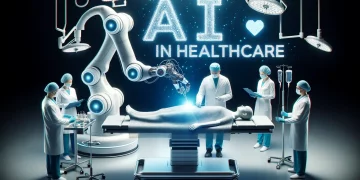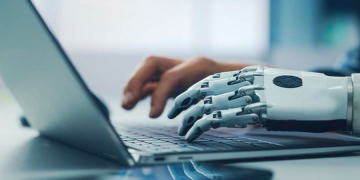As artificial intelligence (AI) continues to evolve at a remarkable pace, it is reshaping the way we live, work, and interact. From self-checkout kiosks and automated customer service agents to AI-generated content and diagnostic tools in medicine, AI is already transforming the workforce across industries. This rapid advancement raises a critical and complex question:
Is AI really ready to replace human jobs?
The answer isn’t a simple yes or no. While AI has demonstrated incredible capabilities, whether it is ready—or even suitable—to fully replace human labor depends on several key factors: technological maturity, job type, ethical implications, economic structures, and societal readiness. Let’s break this down.
1. What Can AI Do Today? The State of the Technology
AI systems, especially those using machine learning and deep learning, are excellent at performing specific tasks with high efficiency and accuracy. These are often called narrow AI systems. Their strengths lie in:
- Data Analysis & Pattern Recognition: AI can sift through enormous amounts of data to identify patterns, make predictions, and provide recommendations (e.g., financial analysis, fraud detection).
- Image & Speech Recognition: From facial recognition to language translation, AI can process complex visual and audio inputs with near-human (or better-than-human) accuracy.
- Automation of Routine Tasks: Many repetitive or rules-based tasks—such as scheduling, bookkeeping, inventory management, and basic data entry—can be fully automated.
- Natural Language Processing (NLP): With models like ChatGPT and others, AI is increasingly capable of generating, summarizing, and translating text, even holding realistic conversations.
In short, AI is already replacing certain types of jobs, especially those involving repetitive, predictable tasks. But that doesn’t mean it’s ready to replace all human work.
2. Which Jobs Are Most at Risk?
The types of jobs most vulnerable to AI-driven automation tend to share certain characteristics:
Highly Repetitive and Predictable Work
- Manufacturing & Assembly Line Jobs
- Basic Accounting and Bookkeeping
- Customer Service (e.g., chatbots)
- Data Entry and Document Processing
Transportation and Delivery
- Truck drivers and delivery workers may be affected as autonomous vehicle technology advances.
Content Generation (to an extent)
- AI can already write articles, generate code, compose music, and create images. However, its creativity still often lacks depth, nuance, and context.
3. Which Jobs Are Safe (for Now)?
Jobs that involve creativity, complex interpersonal communication, emotional intelligence, and unpredictable problem-solving are much harder for AI to replace:
Creative and Strategic Roles
- Writers, designers, marketers, filmmakers—while AI can assist, it struggles to replace original creativity and deep storytelling.
Healthcare Professionals
- Doctors, nurses, and therapists rely on empathy, nuanced decision-making, and hands-on care that AI can’t fully replicate.
Education and Training
- While AI can supplement learning, teaching remains a deeply human endeavor, involving adaptation to students’ needs and emotional support.
Skilled Trades
- Electricians, plumbers, and other tradespeople work in highly variable physical environments that AI and robots are far from mastering.
Leadership and Decision-Making
- Executives, managers, and policymakers make strategic choices with far-reaching consequences that require a mix of intuition, ethics, and human judgment.
4. Is AI Technically “Ready” to Replace Humans at Scale?
Not quite. AI still faces significant limitations:
Strengths:
- Speed and accuracy in processing large data sets
- 24/7 availability
- Low cost of operation (once deployed)
Limitations:
- Lack of general intelligence: Most AI today is task-specific and cannot reason or adapt beyond its training.
- Dependence on data: Poor or biased data leads to flawed outcomes.
- No emotional understanding: AI lacks empathy, morality, and common sense.
- Ethical risks: Decisions made by opaque algorithms can be discriminatory or harmful.
- Context blindness: AI often fails to grasp the broader human, cultural, or situational context.
Thus, while AI is functionally capable of replacing certain roles, it is far from being a comprehensive human replacement.
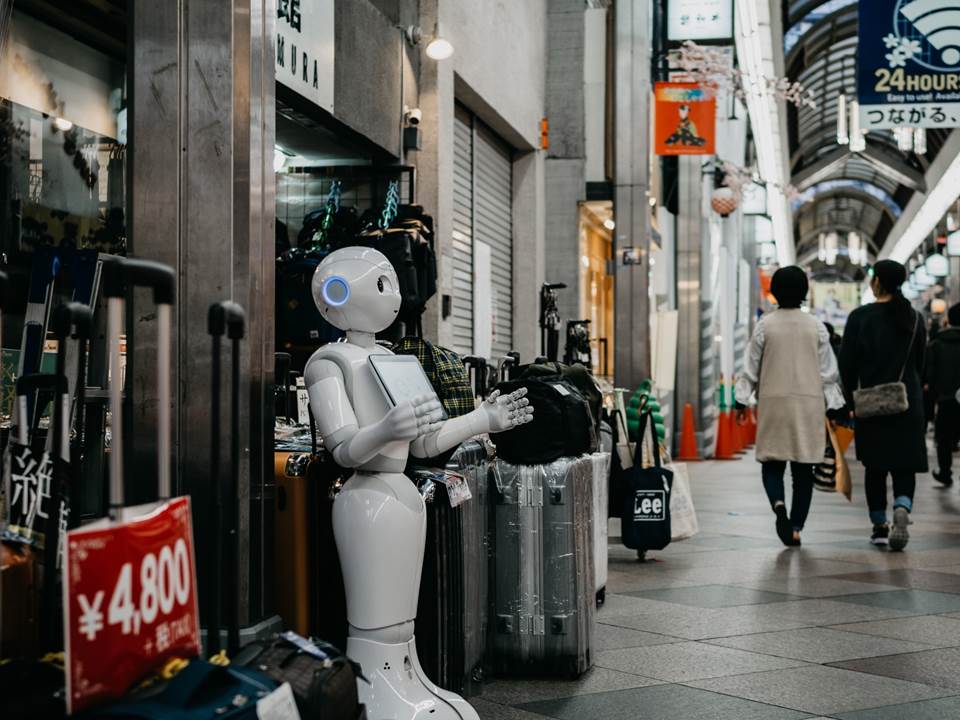
5. What Are the Ethical and Social Implications?
Even if AI were ready, should it replace human jobs? The ethics of AI-driven job displacement raise major concerns:
- Mass Unemployment: Large-scale automation could lead to economic insecurity and increased inequality if not managed properly.
- Loss of Human Dignity: Many derive identity and purpose from work. Over-automation risks eroding this sense of value.
- Bias and Discrimination: AI systems can reinforce social and racial inequalities if trained on biased data.
- Concentration of Power: AI may centralize economic and technological power in the hands of a few large corporations.
Governments, companies, and civil society must work together to ensure that AI development aligns with human values and benefits everyone—not just shareholders or technocrats.
6. The Role of Policy and Education
How society responds to AI’s rise will determine whether it enhances or disrupts human employment. Key solutions include:
- Reskilling and Upskilling Programs: Preparing workers for the AI economy with digital and soft skills.
- Universal Basic Income (UBI): A potential solution to support those displaced by automation.
- Stronger Labor Protections: Ensuring ethical use of AI in workplaces.
- AI Governance and Regulation: Developing global frameworks to manage the pace and direction of AI development.
7. A More Realistic Outlook: Human-AI Collaboration
Rather than full replacement, the near-term future likely holds a hybrid model where humans and AI work together:
- Augmented intelligence, not artificial replacement
- AI will assist in tasks, not fully take over jobs
- Human oversight will be essential for ethical, contextual, and interpersonal responsibilities
Conclusion: Ready or Not, the Future is Collaborative
AI is undeniably transforming the nature of work, and in many roles, it is ready to assist or automate certain functions. But is it ready to fully replace human workers across the board? Not yet—and perhaps it never should.
The most powerful applications of AI are likely to come not from replacing humans, but from augmenting our abilities—helping doctors diagnose faster, teachers personalize learning, and creatives unlock new ideas.
Instead of asking “Will AI take our jobs?”, perhaps the better question is:
“How can we work with AI to create a better, more equitable future of work?”
That’s the challenge—and the opportunity—of our generation.





